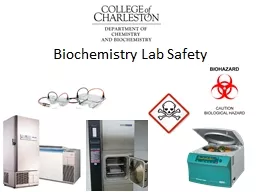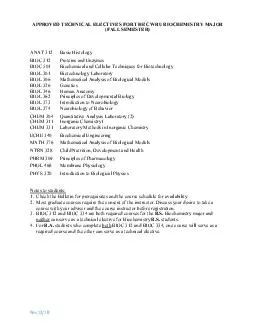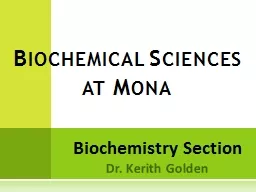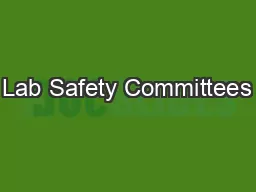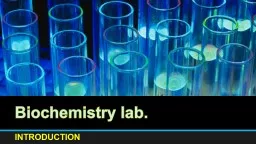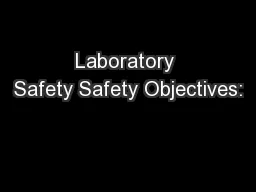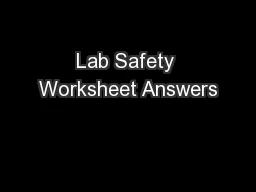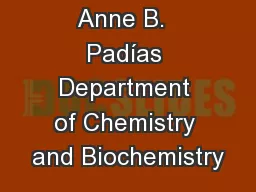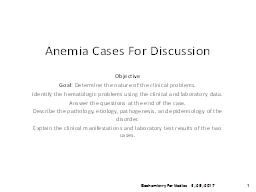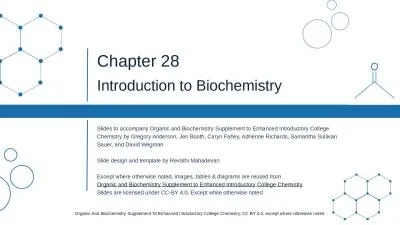PPT-Biochemistry Lab Safety
Author : trish-goza | Published Date : 2017-03-28
Personal Protective Equipment What must be worn when you work in the laboratory 2 1 PPE Eye Protection Lab Coat Long Pants Closed Toed Shoes no exposed skin
Presentation Embed Code
Download Presentation
Download Presentation The PPT/PDF document "Biochemistry Lab Safety" is the property of its rightful owner. Permission is granted to download and print the materials on this website for personal, non-commercial use only, and to display it on your personal computer provided you do not modify the materials and that you retain all copyright notices contained in the materials. By downloading content from our website, you accept the terms of this agreement.
Biochemistry Lab Safety: Transcript
Download Rules Of Document
"Biochemistry Lab Safety"The content belongs to its owner. You may download and print it for personal use, without modification, and keep all copyright notices. By downloading, you agree to these terms.
Related Documents

